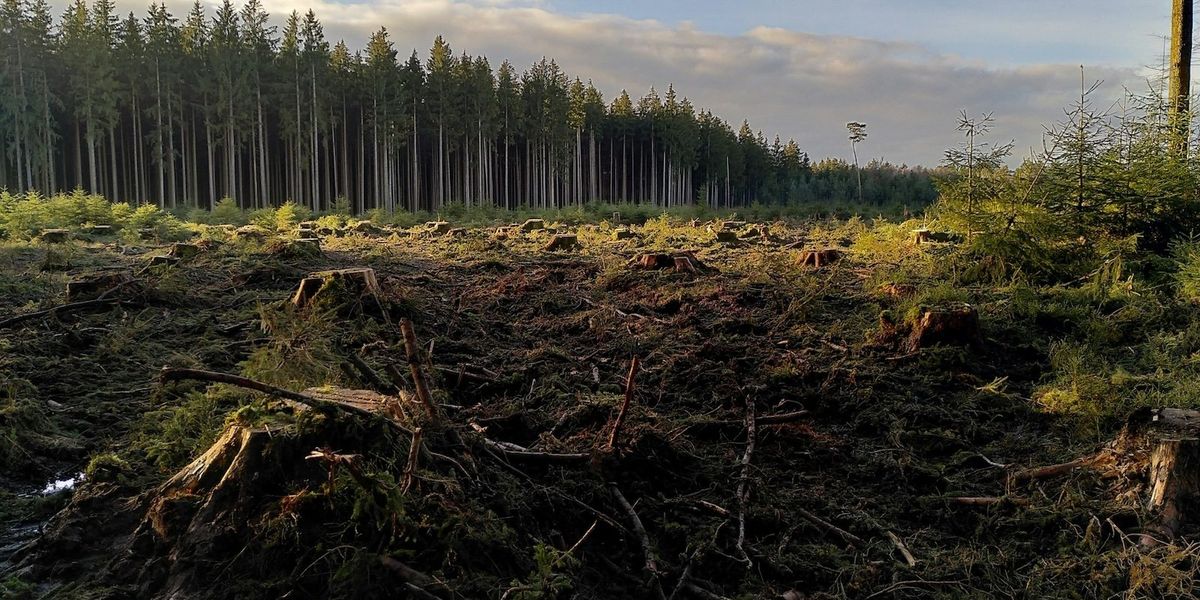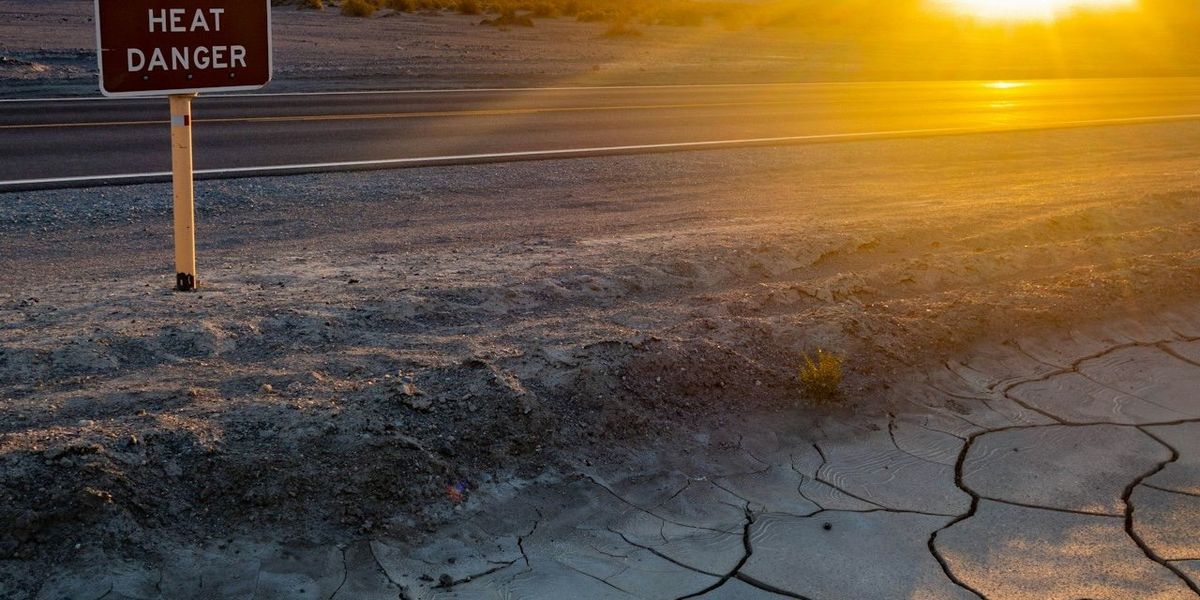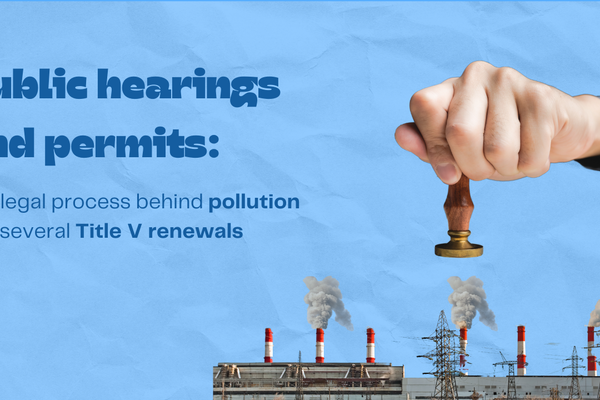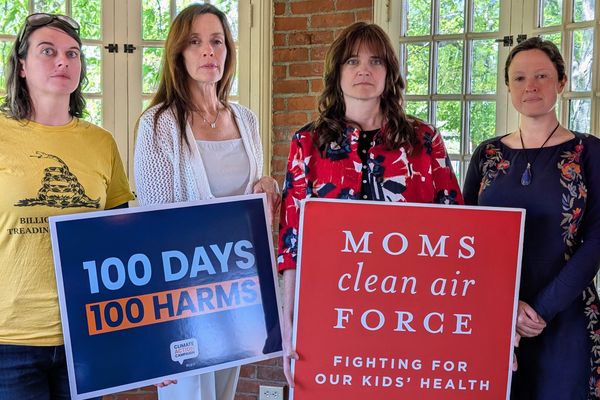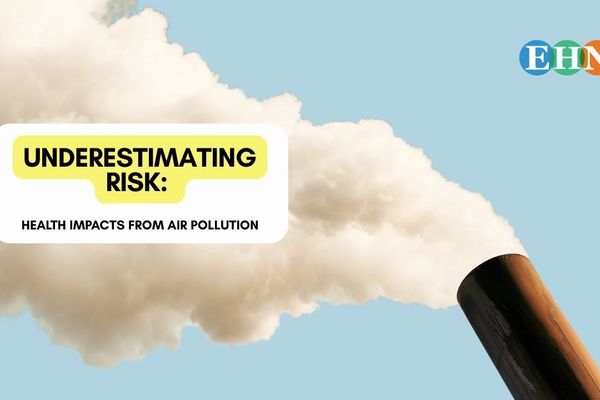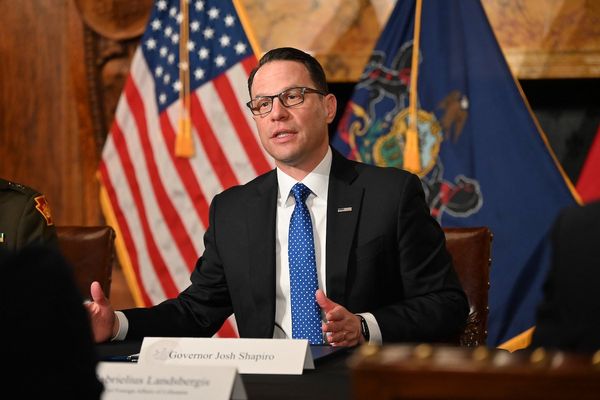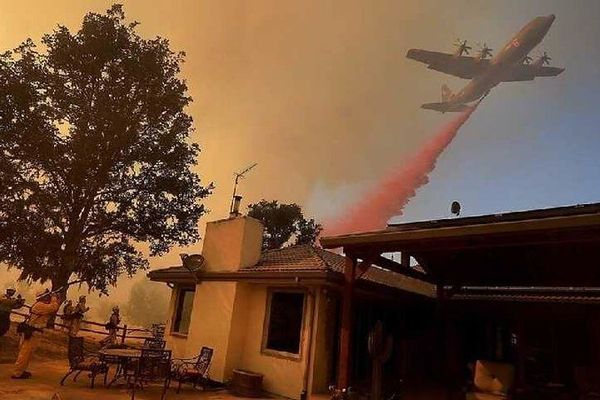
EPA plans to relax limits on power plant mercury emissions, document shows
The Trump administration plans to weaken regulations that limit mercury pollution from coal-fired power plants, potentially putting vulnerable communities at greater risk.
Lisa Friedman reports for The New York Times.
In short:
- U.S. Environmental Protection Agency (EPA) Administrator Lee Zeldin is preparing to announce a rollback of Biden-era rules that sharply restricted mercury, lead, and arsenic emissions from coal plants, undoing limits designed to protect brain development and reduce heart and respiratory illnesses.
- The proposal also eliminates a key requirement that plants continuously monitor their emissions, and it comes alongside a second rule that would scrap all restrictions on greenhouse gases from power plants.
- Health experts and environmental advocates warn these changes would expose nearby communities — especially those already overburdened by pollution — to higher levels of dangerous toxins that accumulate in the food chain and harm developing fetuses and children.
Key quote:
“This administration wants to take a wrecking ball to our health protections and they don’t care about the health of the future generations whose developing brains are damaged by this highly toxic pollutant.”
— Matthew Davis, vice president of federal policy at the League of Conservation Voters and former EPA official
Why this matters:
Weakening these standards is a public health threat, especially for communities already suffocating under decades of pollution. This is a full-scale retreat from science-backed policies meant to keep people safe, happening at a time when climate-related disasters are getting deadlier and more expensive.
Read more: Closing coal plants in environmental justice communities first would save more lives




